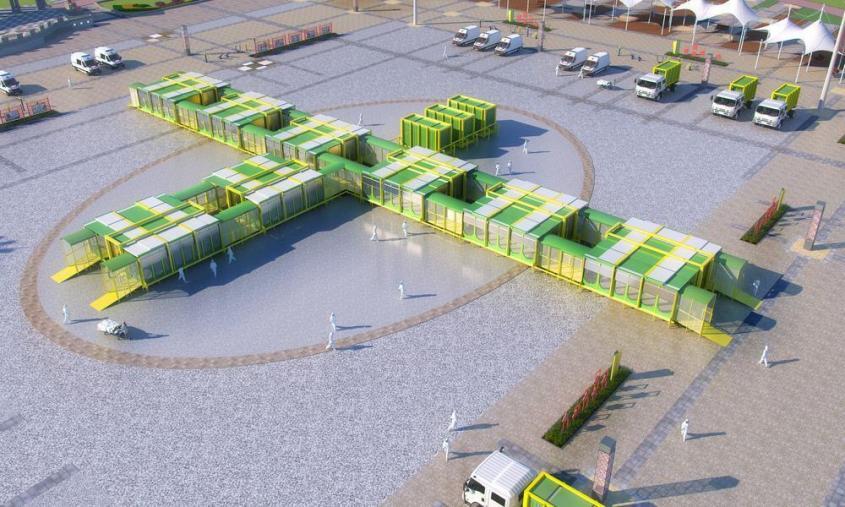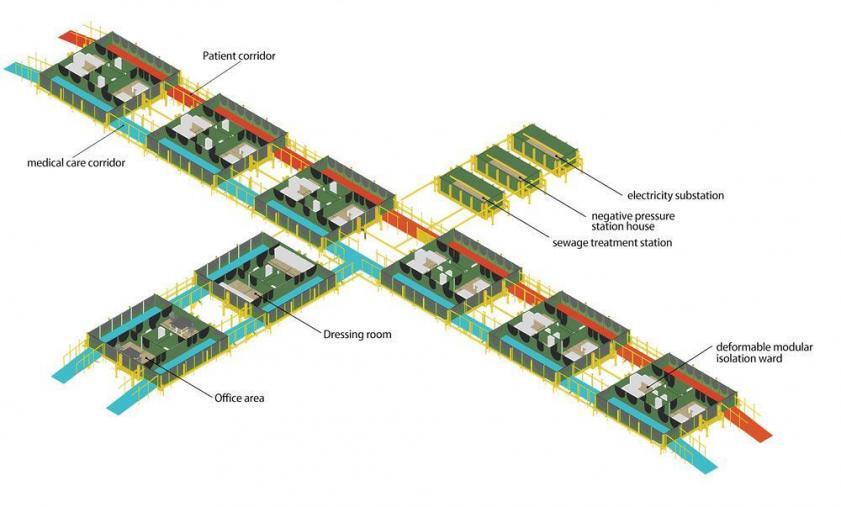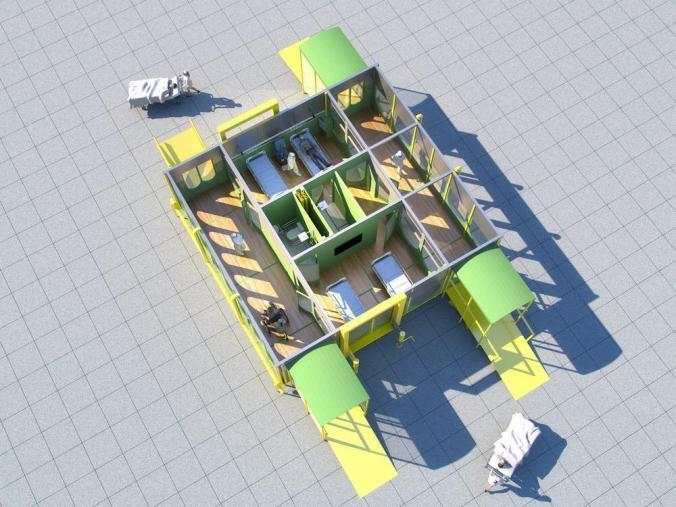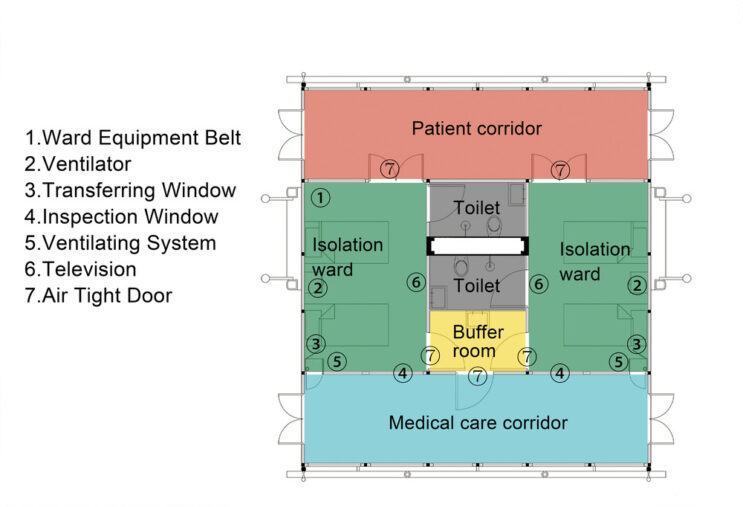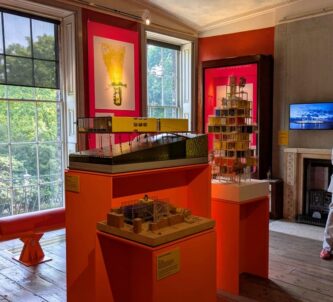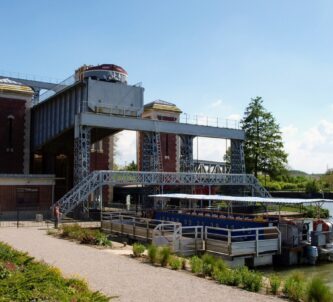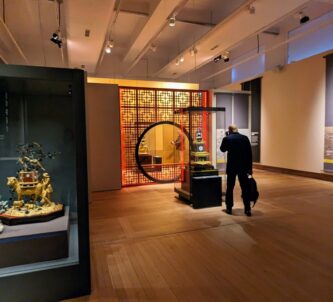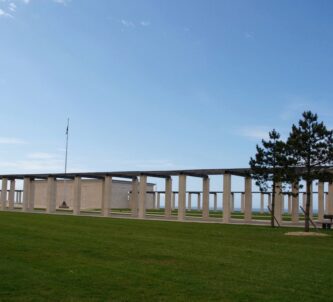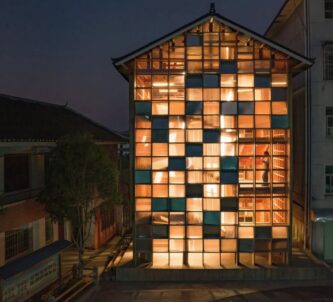This is an interesting and timely piece of engineering design. This modular hospital is the winner of the ‘Health’ category in this year’s World Architecture Festival. It is currently under construction in a park on Mincheng Road, Minhang District, Shanghai.
The modular hospital is designed by Professor Chenping Han and his team from School of Architecture and Design, China University of Mining and Technology (CUMT). The project consists of the isolation ward area (24 beds), the medical staff work area, and auxiliary functional areas for power, water, ventilation, and oxygen supply. The project core is the isolation negative pressure ward. The treatment, office, cleaning, ventilation, and energy units are auxiliary modules.
Unpredictable outbreaks of highly infectious viruses like SARS, MERS, & COVID-19 mean there is a need for temporary medical buildings, and the modular nature of this design means that epidemic prevention and rescue hospitals can be quickly assembled (and disassembled) to match the need and scale of the outbreak.
The modules are based on a 20-foot international standard container (6.06*2.44*2.59m), with a total area of 14.79 m2. After deformation and expansion, the core module covers an area of 76.15 m2. It is equipped with negative pressure ventilation, sufficient daylight, separate channels for the infected and medical staff, a buffer area, toilets, and two standard isolation wards with four beds.
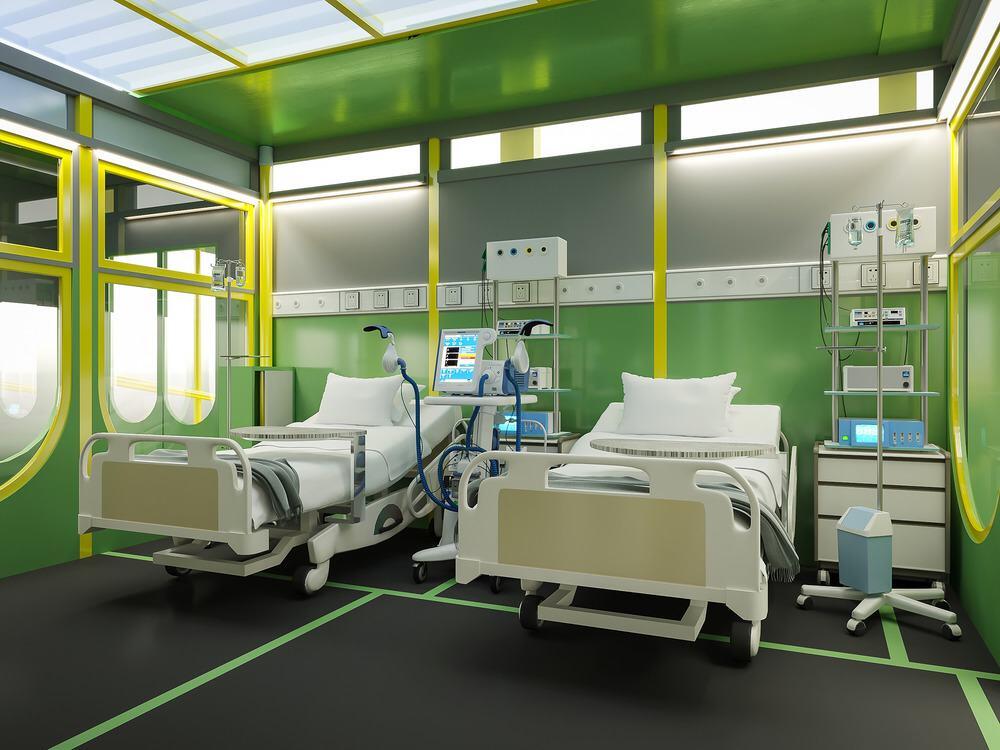
The hospital is best suited to flat and solid sites. Since it doesn’t require foundations or pipework, it takes only 2 workers and 3 hours to complete the assembly of a module (including equipment and facilities) and even unskilled workers can assemble the modules with some simple training. All they need is a small crane and some tools.
The design team also considered two options for the post-pandemic disposal of the building: one is to take it down and store it for future use; and the other is to give it new uses and functions on site, such as hotels, bars, and cafes. So, next time you are visiting Shanghai, you might find it is not a hospital anymore!


